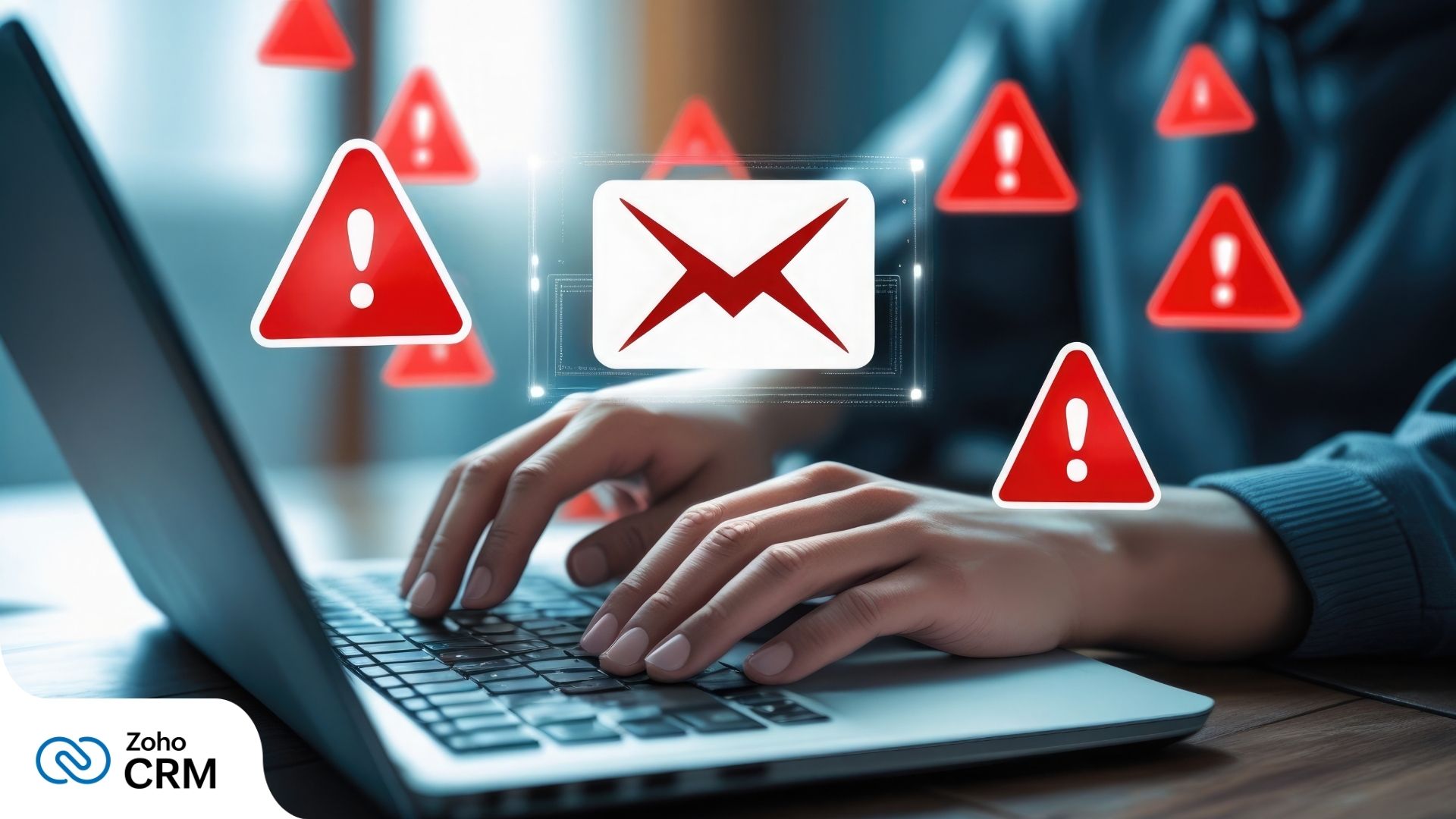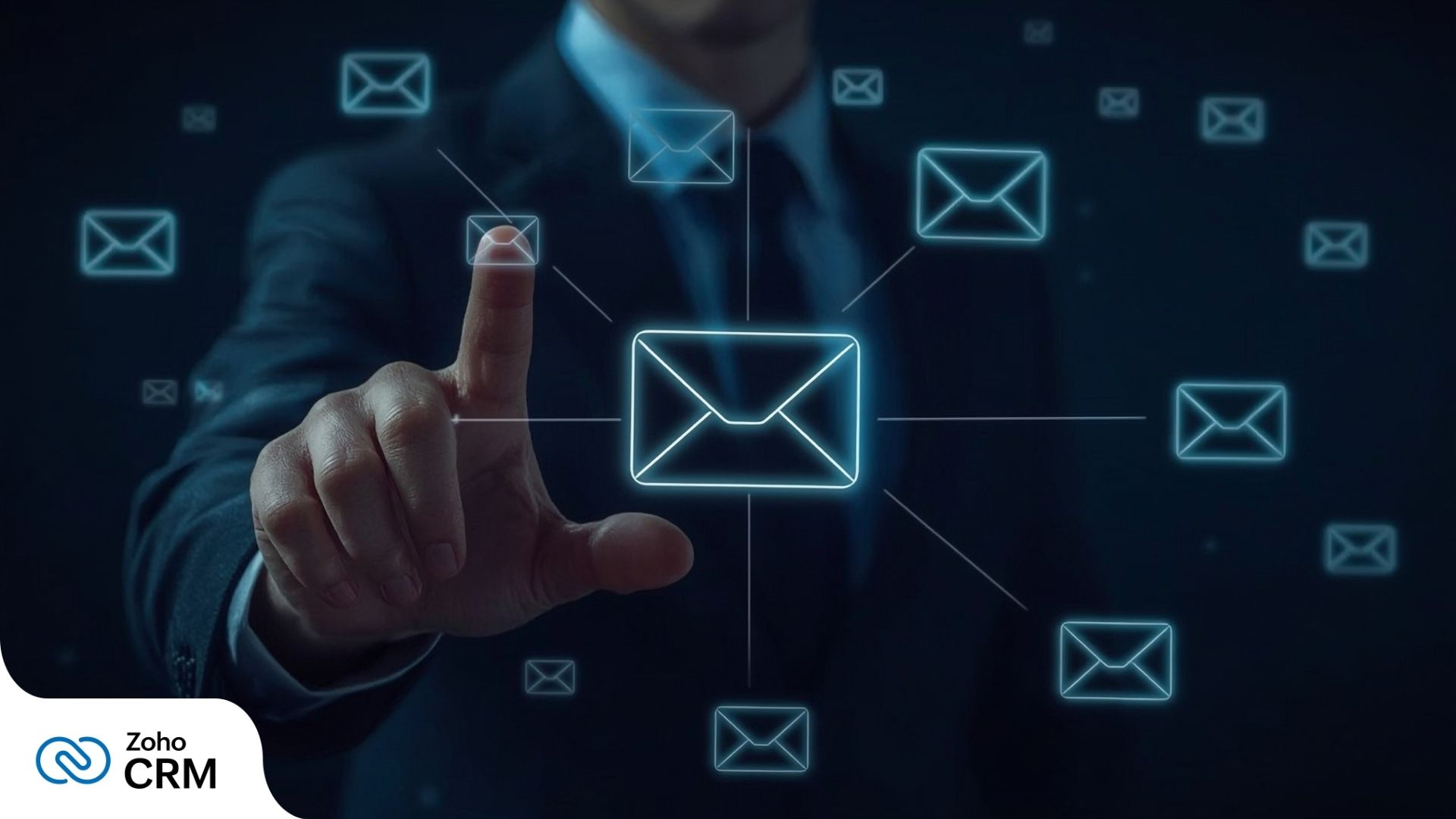Zero to funnel: A beginner's playbook for B2B sales success
- Last Updated : July 4, 2025
- 556 Views
- 6 Min Read
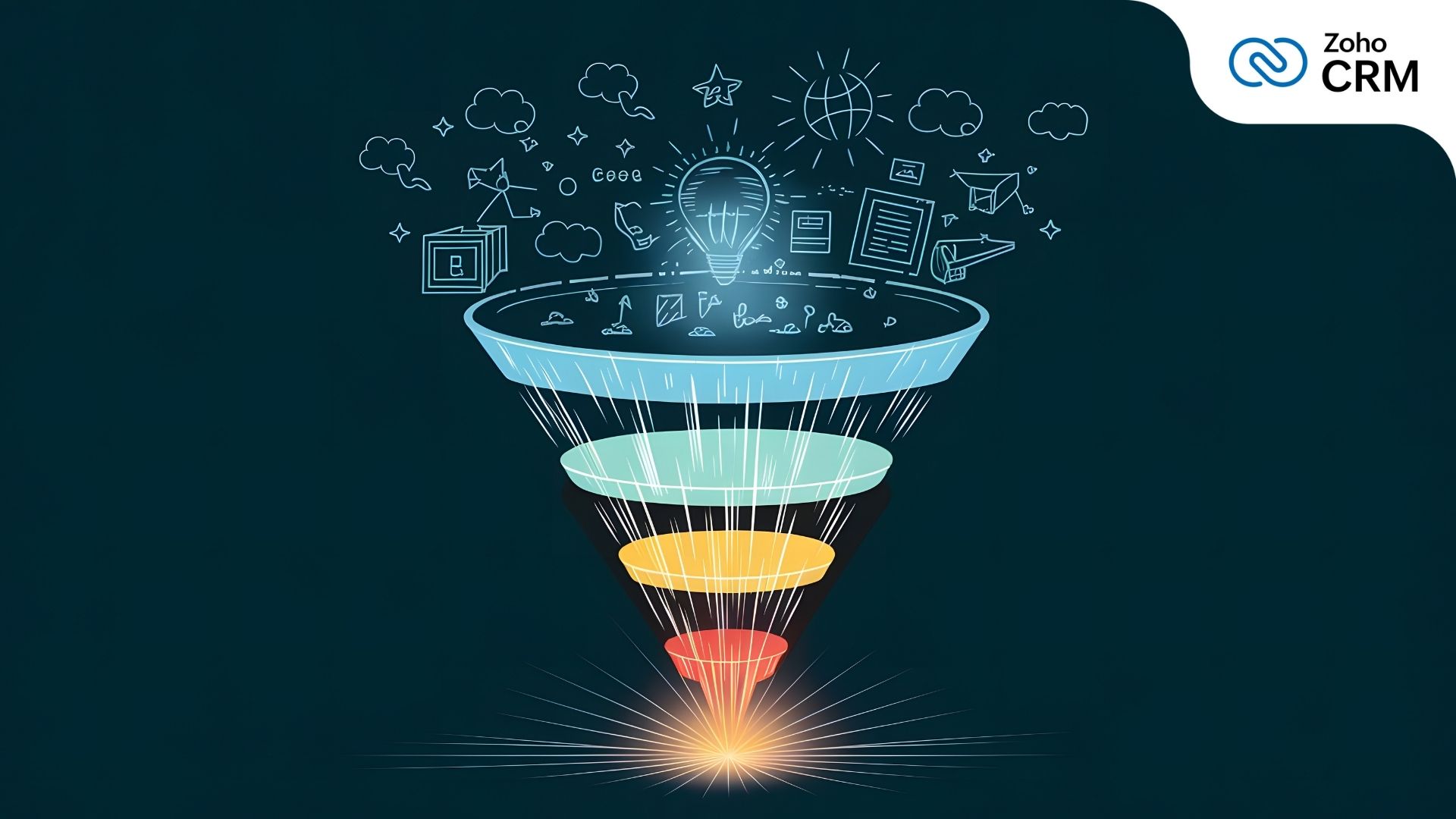
If you're someone who has a great product, but no clue about how to attract, nurture, and close deals with B2B customers consistently, you're not alone. For most businesses, building a sales funnel feels like navigating a maze with no map. The good news? You don't need to be a sales guru or a marketing wizard to build a sales funnel that actually works. You just need the right playbook.
This guide is built for beginners; no jargon, no fluff—just real steps that can help you turn strangers into leads, leads into customers, and customers into long-term advocates. Whether you're starting from scratch or trying to clean up a messy process, we'll break it down stage by stage so you can create a funnel that's aligned, agile, and laser-focused on your buyer's journey.
What is a B2B sales funnel?
Think of your B2B sales funnel as a map for your buyers that guides them from "just browsing" to "take my money!" It's a step-by-step journey where you help potential customers recognize their problems, explore solutions, and ultimately choose yours.
But here's the key: This funnel isn't about pushing people through; it's about understanding where your buyers are mentally and giving them the right support at the right times. When used effectively, your funnel doesn't just increase sales, but also builds trust, boosts loyalty, and makes every customer feel like you get them.
You don't need to be flashy. You need to be real. You need to be useful. And most importantly, you need to meet your buyers where they are.
The buyer's journey, deconstructed
A winning B2B sales funnel isn't just about a pipeline; it's a narrative. Every deal closed is the result of a well-told story wherein the customer is the hero and your solution is the tool that helps them win. To build a funnel that works, you need to understand what your buyer's going through at every stage. Here's how that journey unfolds:
1. Awareness – "We've got a problem"
At this stage, your prospect is starting to sense something's off. Maybe they're losing time, revenue, or market share, but they haven't clearly named the issue yet.
Your role?
Don't sell. Educate. Help them define the problem. Use content like blog posts, webinars, and infographics that highlight industry challenges or trends they might be experiencing. You're not pushing a solution yet, you're giving them information that they need.
2. Consideration – "We need options"
Now that they've understood and named the problem, guess what? You're officially on their radar!
Your role?
Be the wise guide. Present your solution without shouting about it. Case studies, whitepapers, comparison sheets, and expert explainers work best here. This is where you prove your value—not just as a vendor, but as a trusted advisor.
3. Decision – "Let's make a call"
Your buyer has shortlisted you. It's time to bust out the big guns.
Your role?
Make the decision easy. Offer live demos, free trials, or ROI calculators that show exactly what they're getting. Address objections proactively, highlight your support structure, and make them feel like choosing you is the safest bet they'll ever make.
4. Retention – "You delivered. What's next?"
The funnel doesn't end at the sale; it evolves into a relationship.
Your role?
Onboard them like a champ. Stay close with tailored check-ins, exclusive resources, and proactive customer support. Happy clients don't just stay; they refer. And that brings you right back to the top of the funnel—but stronger, now.
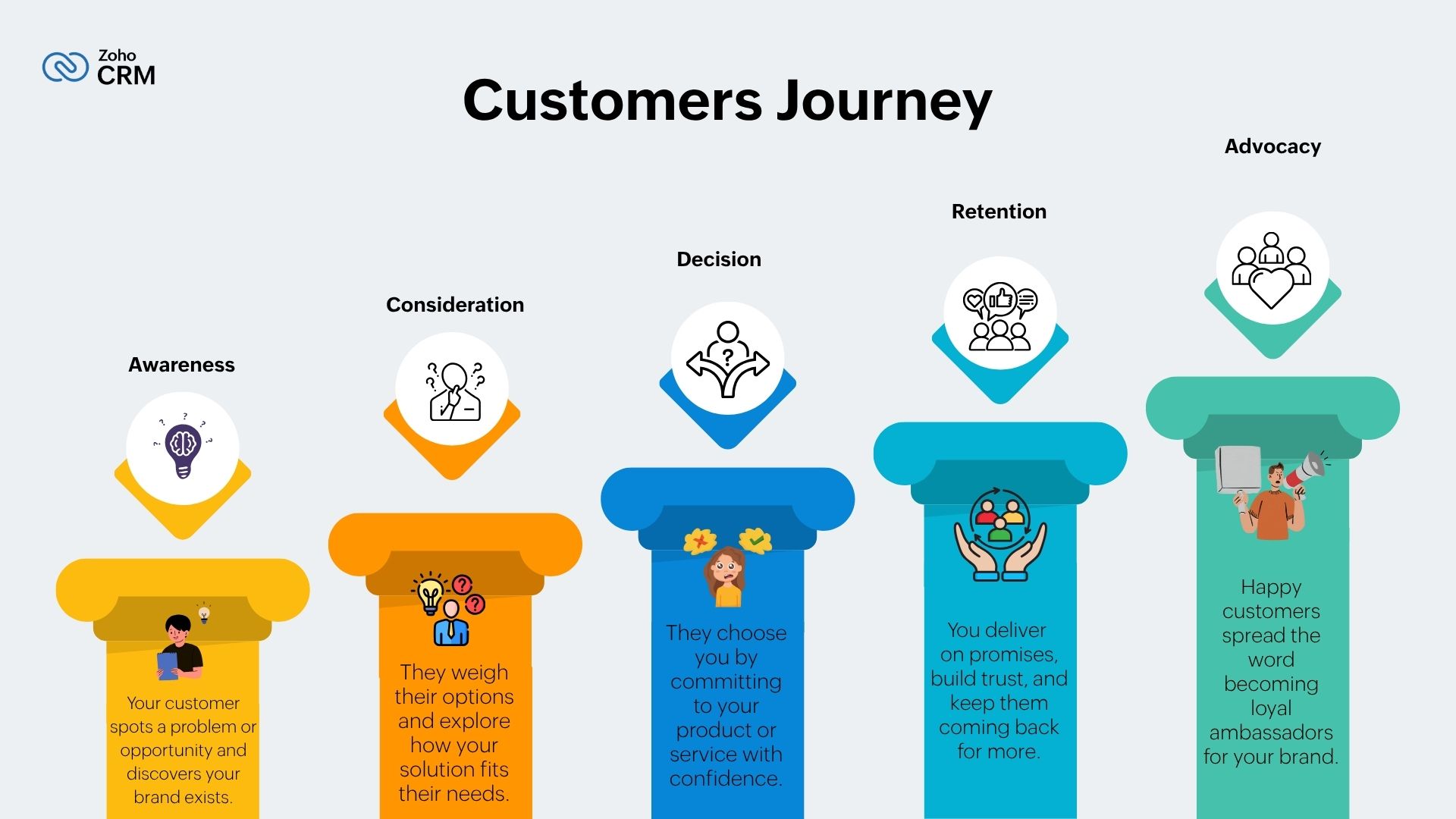
Stages of a B2B sales funnel
Every B2B sales funnel follows a structured flow from awareness to action. Understanding each stage helps you tailor your messaging, timing, and engagement to match what your buyer truly needs at each point. Here are the classic stages that define a high-performing B2B funnel:
1. Awareness
This is where it all begins. A potential buyer recognizes a challenge or opportunity in their business but may not know the best path forward yet.
Your focus:
Drive visibility.
Educate without selling.
Establish credibility.
Tactics: Blog posts, thought leadership, industry research, social media visibility
2. Interest
Now that the problem is clear, your buyer has entered research mode, actively exploring potential solutions, and your brand is in the mix.
Your focus:
Highlight solutions.
Demonstrate value.
Capture attention with specifics.
Tactics: Webinars, email newsletters, case studies, gated content
3. Consideration
Buyers are evaluating different vendors and comparing features, pricing, and proof of results.
Your focus:
Position yourself clearly.
Align with their business goals.
Offer social proof and differentiators.
Tactics: Product comparison guides, in-depth case studies, tailored outreach, whitepapers
4. Intent
Interest is now turning into intent. The buyer is showing signs of serious interest and visiting pricing pages, requesting demos, or reaching out.
Your focus:
Provide hands-on experiences.
Address objections.
Personalize engagements.
Tactics: Live demos, sales calls, ROI calculators, client testimonials
5. Evaluation
This is the final decision-making phase. Stakeholders are reviewing proposals and preparing to commit.
Your focus:
Deliver with clarity and confidence.
Prove ROI and reliability.
Offer a frictionless buying experience.
Tactics: Final proposals, tailored solution decks, legal/contract support
6. Purchase
You close the deal, but your work isn't over. How you handle this stage sets the tone for the future of your relationship.
Your focus:
Ensure onboarding is smooth.
Confirm expectations.
Begin building post-sale value.
Tactics: Welcome kits, onboarding support, handover from sales to success teams
7. Loyalty and advocacy
Long-term success comes from repeat business and referrals. Happy customers become brand champions.
Your focus:
Drive engagement.
Provide continuous support.
Collect feedback and encourage referrals.
Tactics: Customer success programs, feedback loops, referral incentives, upsell/cross-sell campaigns
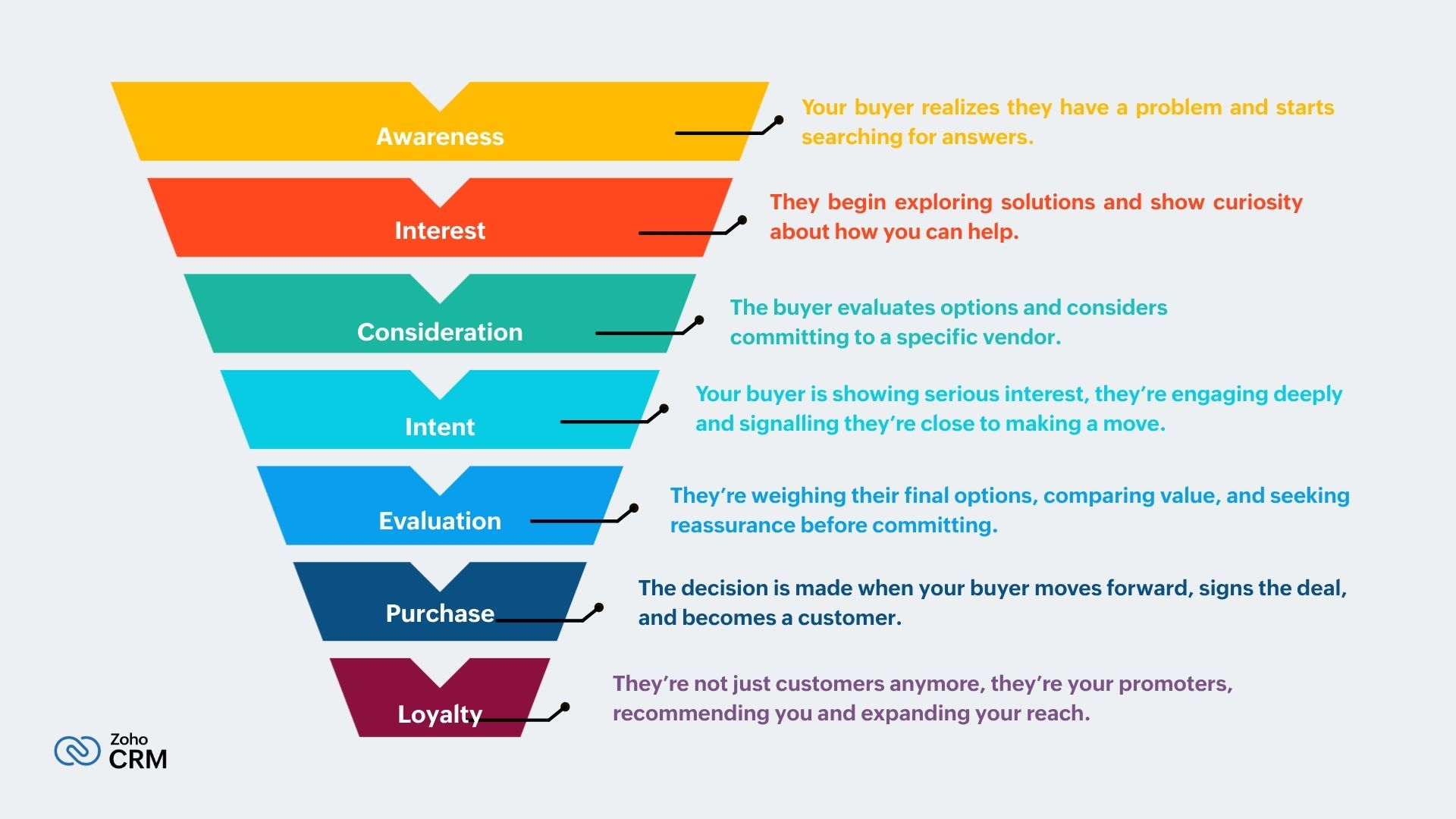
B2B funnel metrics that matter
If you can't measure it, you can't improve it. Tracking the right metrics at each stage of your funnel helps you spot friction points, optimize strategies, and justify ROI to stakeholders. Data isn't just hindsight; it's your roadmap. It tells you what's working, what's broken, and where to double-down. In B2B, every decision should be backed by numbers, not gut feelings.
Key metrics to monitor:
Lead conversion rate: How many visitors become leads?
MQL to SQL conversion rate: Are marketing-qualified leads turning into real opportunities?
Sales velocity: How quickly are deals moving through the funnel?
Customer acquisition cost (CAC): How much are you spending to win a customer?
Customer lifetime value (CLV): What is the long-term revenue potential per customer?
Keep your eye on both volume and quality; it's not about how many leads you get, but how many are ready to buy.
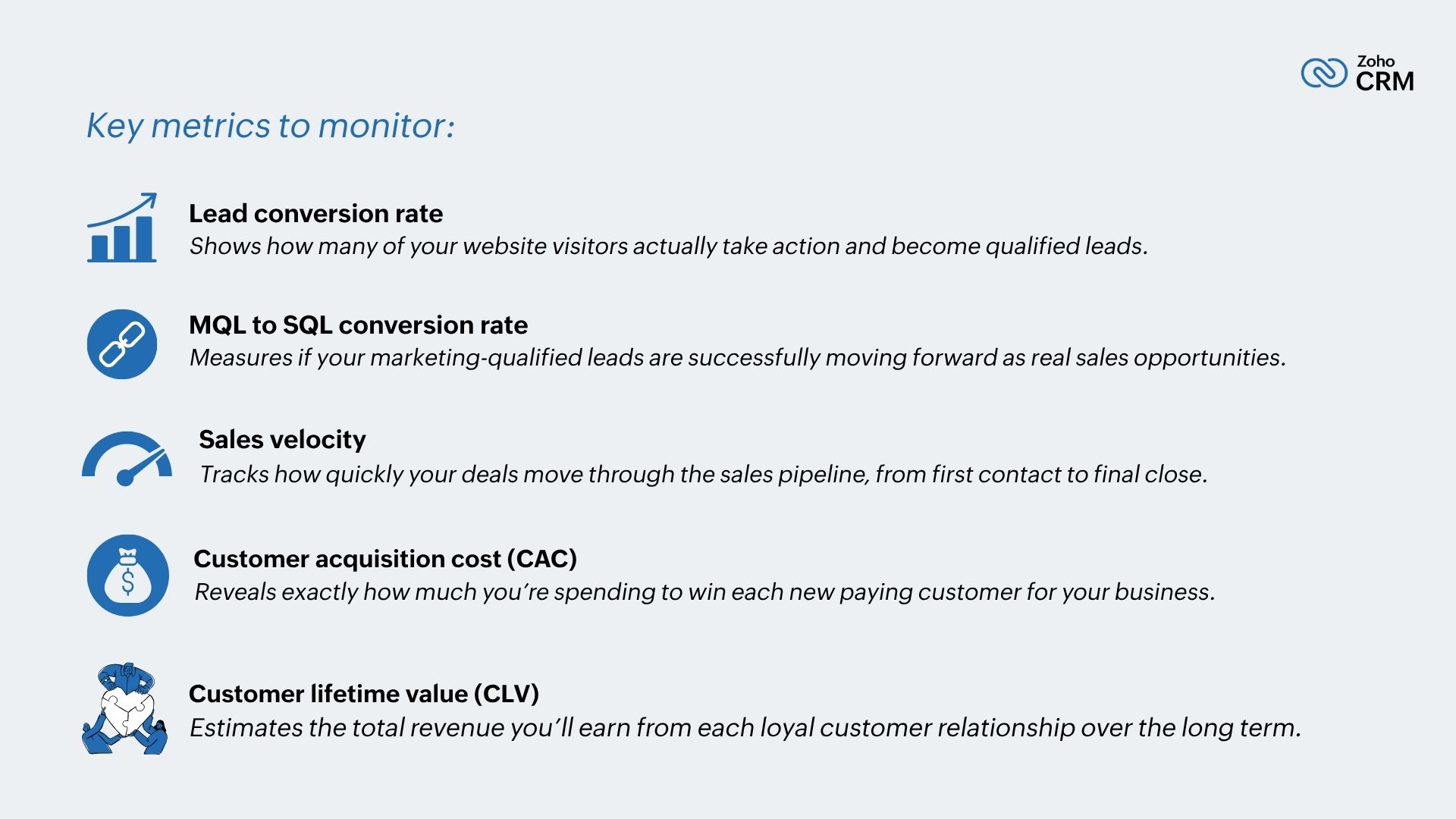
Why most funnels fail and how to ensure yours doesn't
A well-built B2B sales funnel can accelerate growth and drive meaningful relationships with prospects. But many businesses fall into avoidable traps that stall progress and weaken conversions. Below are the most common pitfalls and how you can avoid them to keep your funnel efficient, effective, and customer-first.
Targeting too broadly
Trying to appeal to every potential business often results in diluted messaging that resonates with no one in particular.
Solution: Define your ideal customer profile (ICP) with precision. Focus your messaging and content around specific industries, roles, and pain points to create relevance and clarity.
Over-reliance on gated content
Locking all content behind forms can deter early-stage buyers who are still exploring their needs.
Solution: Make foundational, awareness-stage content freely accessible to build trust. Reserve gated content for in-depth resources tailored to more engaged prospects.
Automation without personalization
Automation is powerful, but if it lacks human nuance, it can feel cold and generic.
Solution: Combine automation with personalized messaging. Use behavioral data and CRM insights to tailor outreach at every stage of the funnel.
Poor alignment between sales and marketing
When marketing and sales teams operate in silos, they can fumble lead hand-offs and miss opportunities.
Solution: Establish shared KPIs and feedback loops. Regular collaboration ensures both teams stay aligned on goals, messaging, and performance.
Neglecting post-sale engagement
Closing the deal isn't the end of the funnel; it's the start of your customer relationship. Many businesses overlook this phase and miss out on long-term value.
Solution: Invest in onboarding, customer success, and proactive support. Continued engagement drives retention, referrals, and brand loyalty.
From funnel to flywheel
In today's competitive B2B landscape, sales funnels aren't just tools; they're growth engines. An effective sales funnel helps you move from noise to nuance and from outreach to outcomes. But a funnel delivers results only when it's built around your buyer and not your product.
From creating awareness to nurturing loyalty, every touchpoint in your funnel is a chance to stand out, to resonate, and to create meaningful business relationships. But remember that this isn't a "set-it-and-forget-it" model. A high-performing sales funnel evolves, adapts, and listens. By understanding the stages of the buyer's journey and structuring your funnel with intention, you're doing more than guiding leads: You're earning trust, delivering value, and setting the stage for long-term success.
So, whether you're just building your funnel or refining an existing one, approach it like a living strategy. Test often. Learn fast. Stay close to your customers. Because the more human and helpful your funnel feels, the more powerful it becomes.
In the end, the best B2B sales funnels don't just convert leads; they create advocates.

